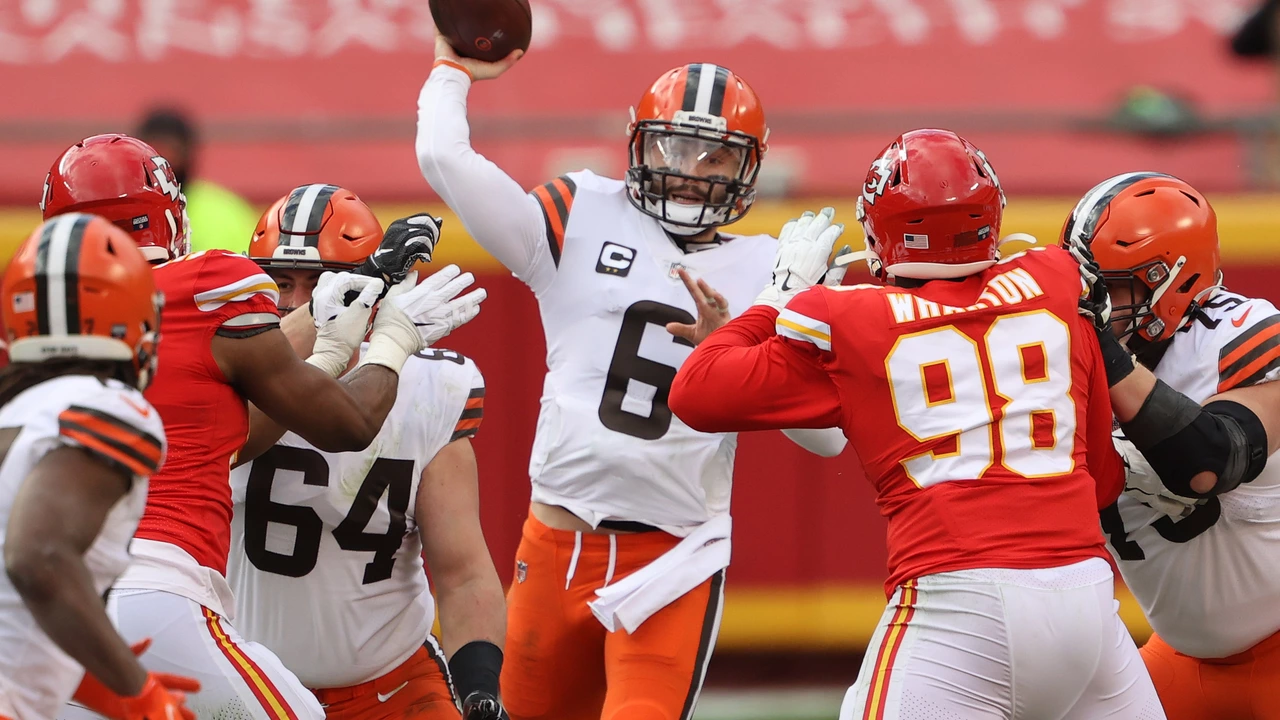Upcoming Season
When talking about the Upcoming Season, the period when leagues launch new match calendars, athletes peak their training, and fans start planning trips. Also known as new season, it signals the start of fresh competition cycles. This concept ties directly to sport, any organized physical activity with rules and a competitive element. A related piece is the competition schedule, the roster of dates, venues and match‑ups that defines a season. Finally, the athlete, the individual who trains, competes and strives for peak performance drives the whole story. Keep an eye on the upcoming season for key dates and storylines.
Why sport matters in the new cycle
Sport is the backbone of any upcoming season. Whether it’s football, surfing, or bodyboarding, each sport brings its own set of rules, equipment needs and fan culture. The attribute of "type" (team vs individual) determines how schedules are built and how athletes prepare. For example, a team sport like football requires weekly fixtures, while an individual sport such as bodyboarding may cluster events around wave forecasts. This diversity means the upcoming season must adapt to each sport’s rhythm, creating a rich tapestry of competition that keeps audiences hooked.
The competition schedule acts as the season’s roadmap. Its key attributes include start‑date, venue list, and broadcast plan. Values like "June 1 ‑ September 30" for a summer league or "October 15 ‑ December 20" for a winter circuit give fans a clear window to follow. Organizers use these dates to lock in sponsors, sell tickets and coordinate media coverage. In turn, the schedule shapes how athletes structure their training blocks, ensuring they peak at the right moments.
Athlete performance is the engine that powers the upcoming season. Core attributes such as strength, technique and mental resilience determine who climbs the leaderboard. Measurable values—like a 9.8‑second 100 m sprint or a 200‑meter wave ride—provide benchmarks for progress. Athletes plan their offseason, pre‑season and in‑season cycles around the competition schedule, aiming to hit peak form just as the most crucial events roll around.
Fan engagement adds the emotional fuel that turns a schedule into a cultural event. Attributes include social media interaction, ticket purchases and merchandise sales. When fans share hype videos, track ticket availability and wear team colors, they amplify the excitement of the upcoming season. This buzz can even influence organizers to add extra matches or pop‑up events, showing how closely fan sentiment and the season’s structure are intertwined.
All these pieces—sport, competition schedule, athlete preparation and fan buzz—interlock to create a cohesive upcoming season. Below you’ll find a curated mix of articles that dive deep into each element: from defining what really counts as a sport, to dissecting NFL strategies that keep fans on edge, to exposing modern challenges like AI‑driven scams that affect athlete branding. These reads will give you a well‑rounded view of what’s coming, how it all fits together, and why the upcoming season matters to anyone who loves the thrill of competition.

Will the Kansas City Chiefs be good this year?
Oh boy, are we in for a treat this year with the Kansas City Chiefs! These guys are shaping up to be the football equivalent of a rocket strapped to a race car. With an offensive line that could probably move a mountain and a quarterback who can sling the pigskin like Zeus throws lightning bolts, it's looking more than promising. So, will the Chiefs be good this year? At this rate, they're not just going to be good, they're going to be 'hide-your-favorite-team's-defense-in-the-locker-room' good!
Read More


